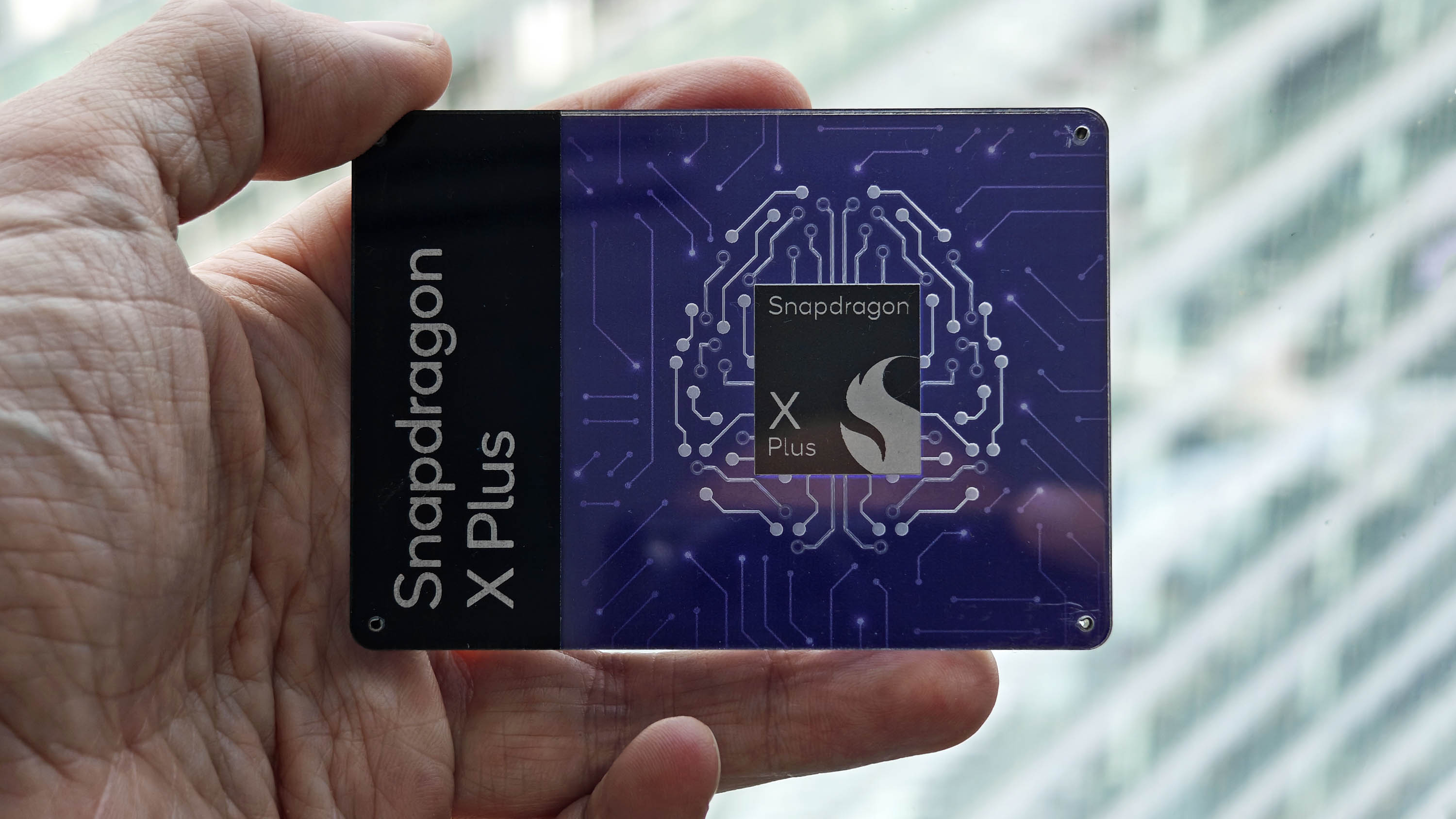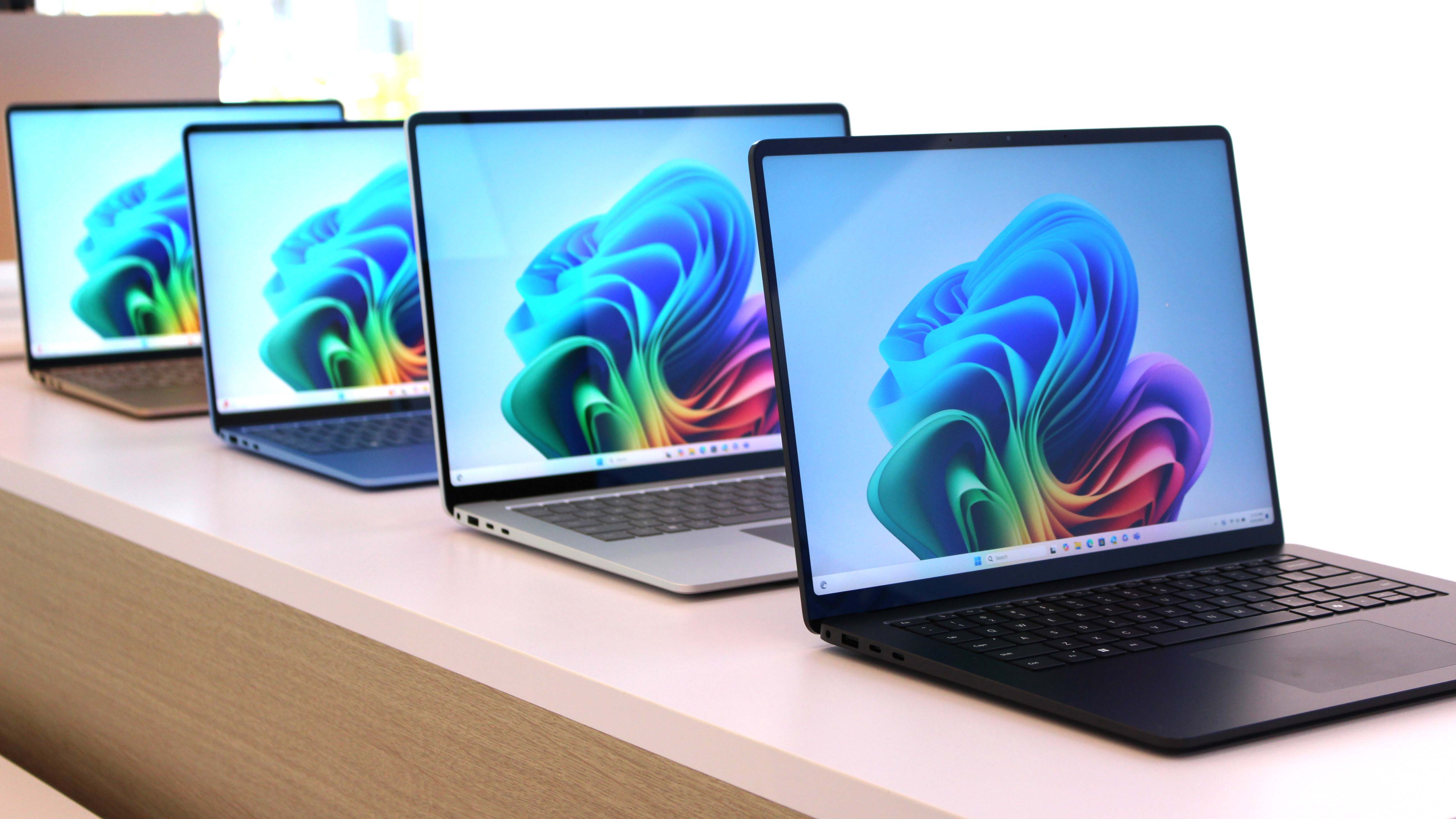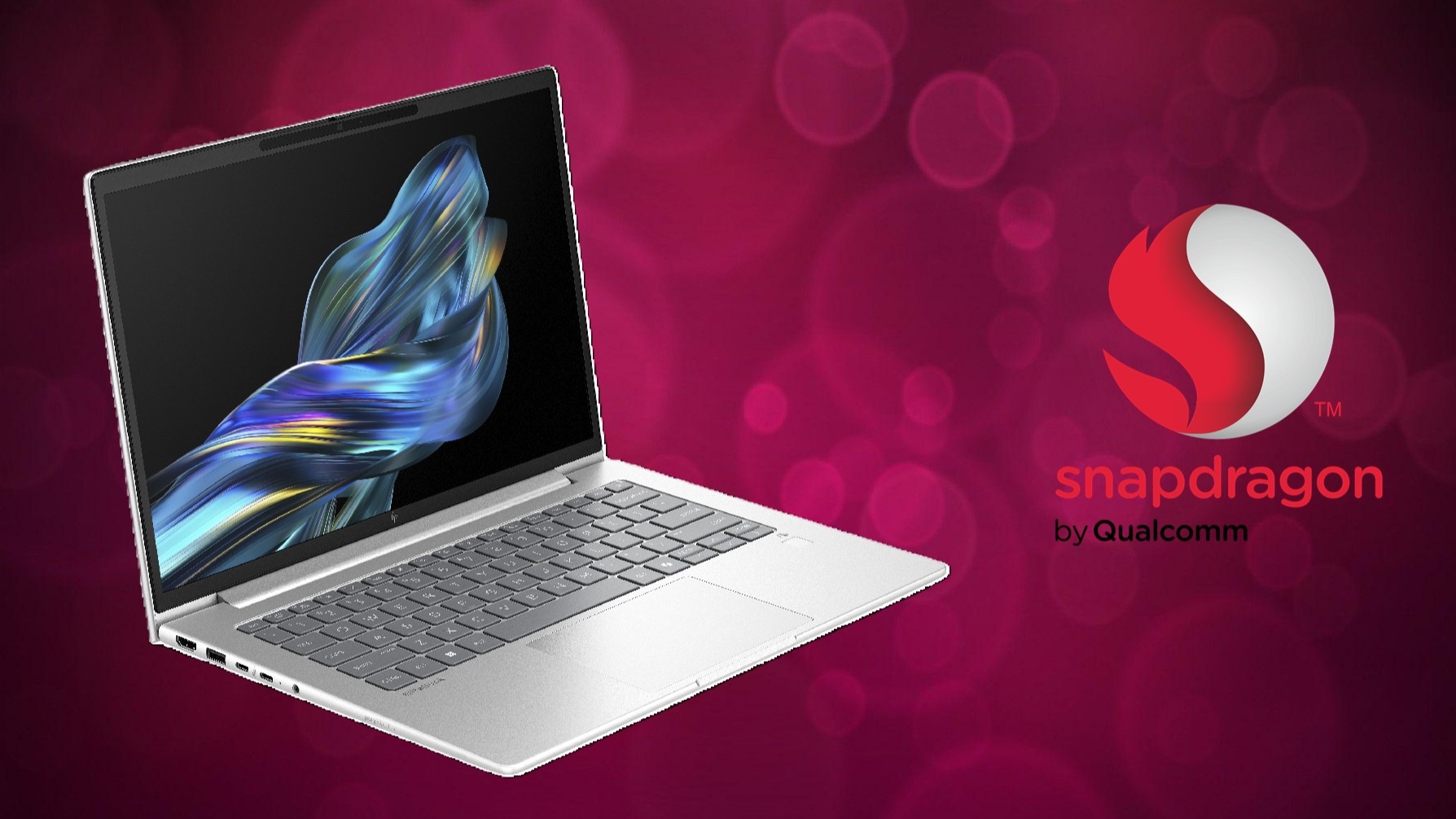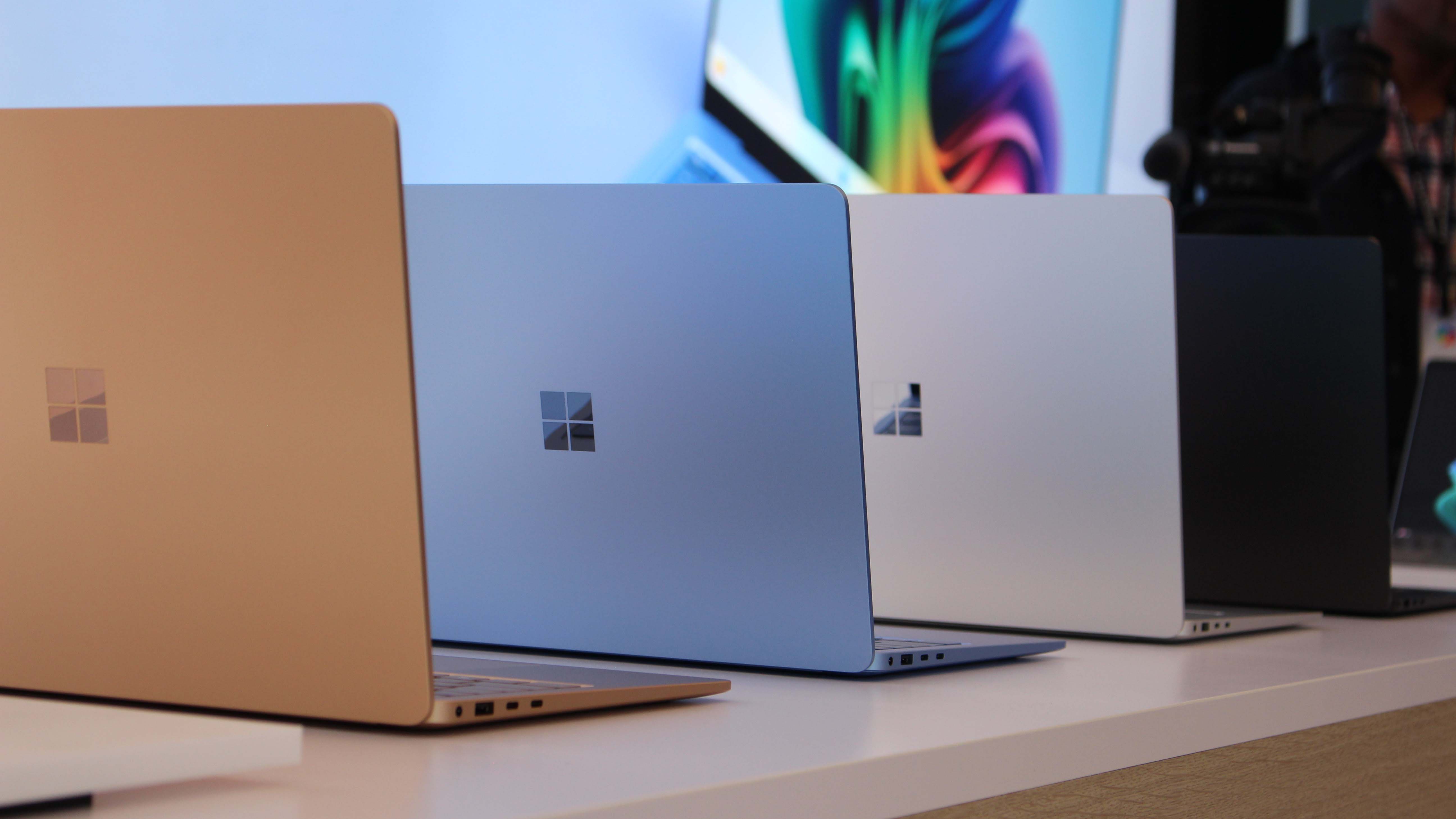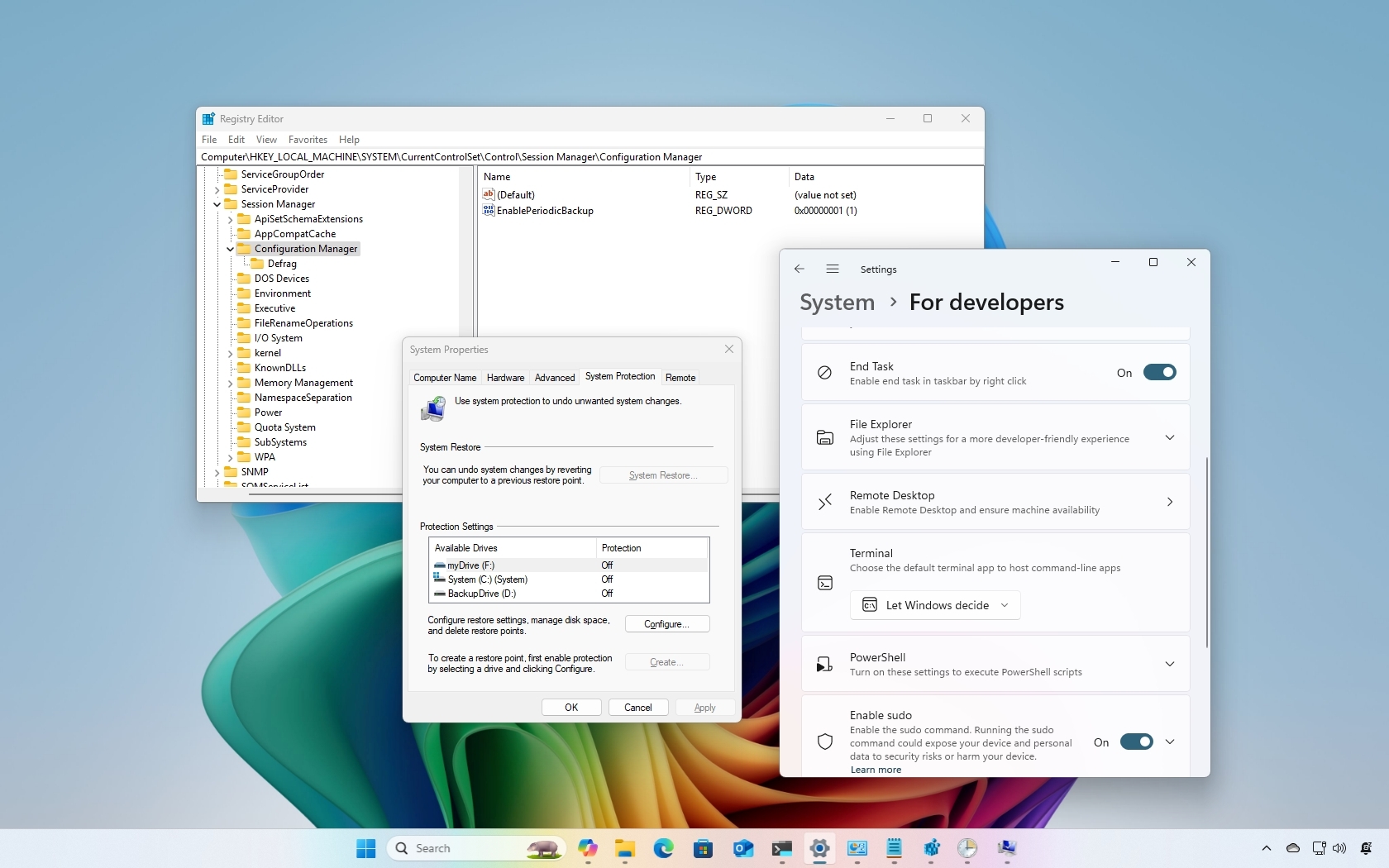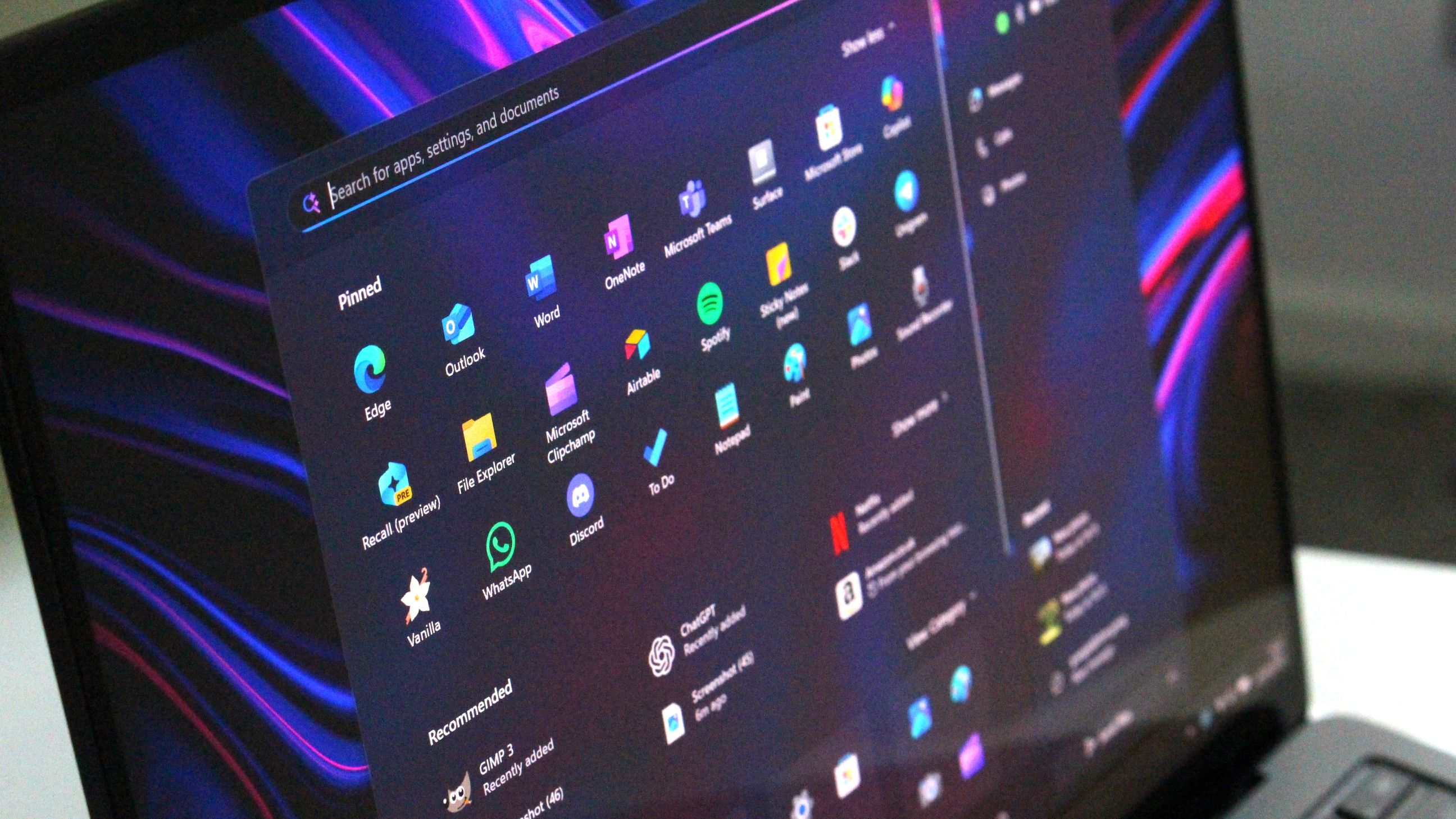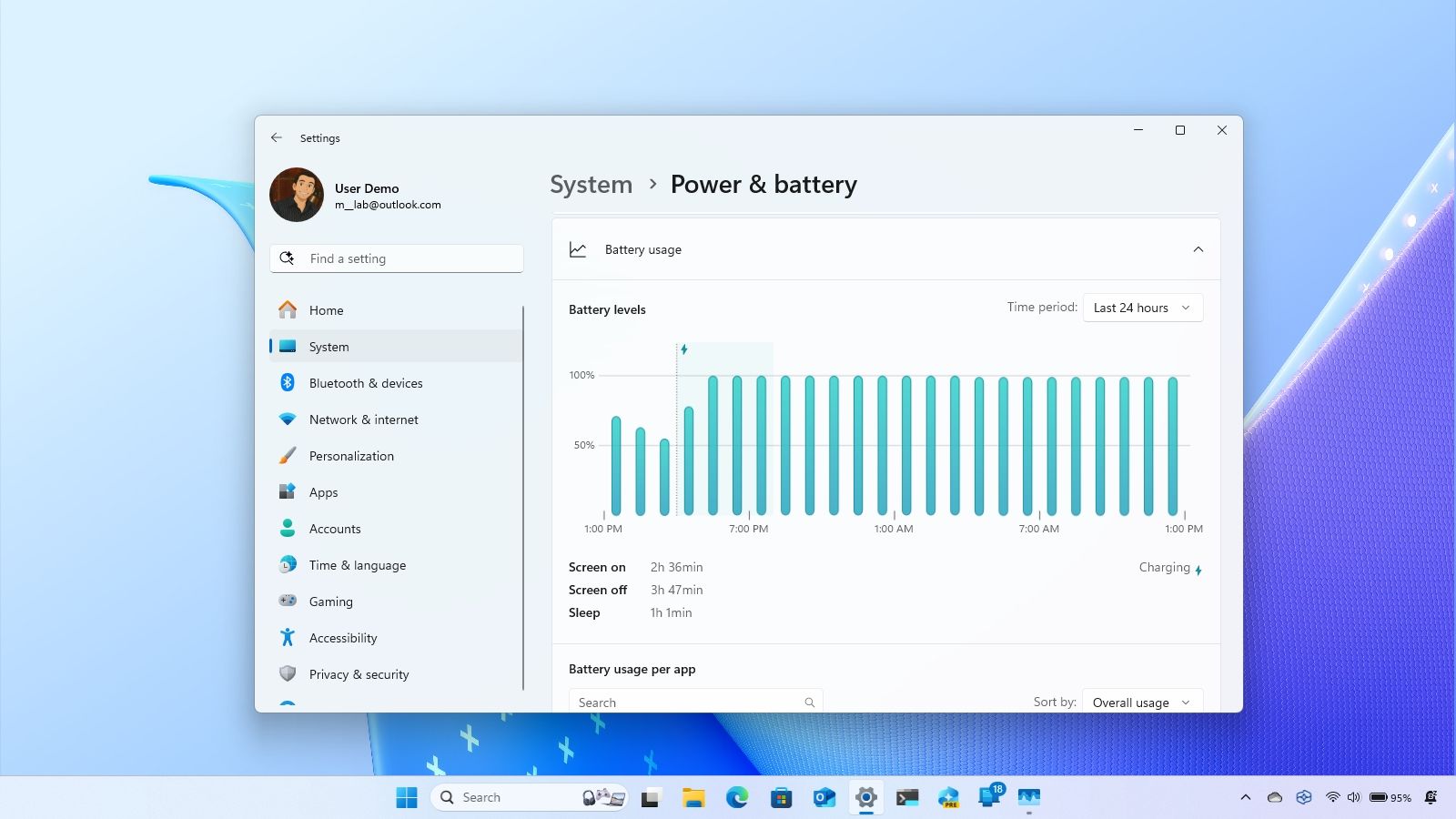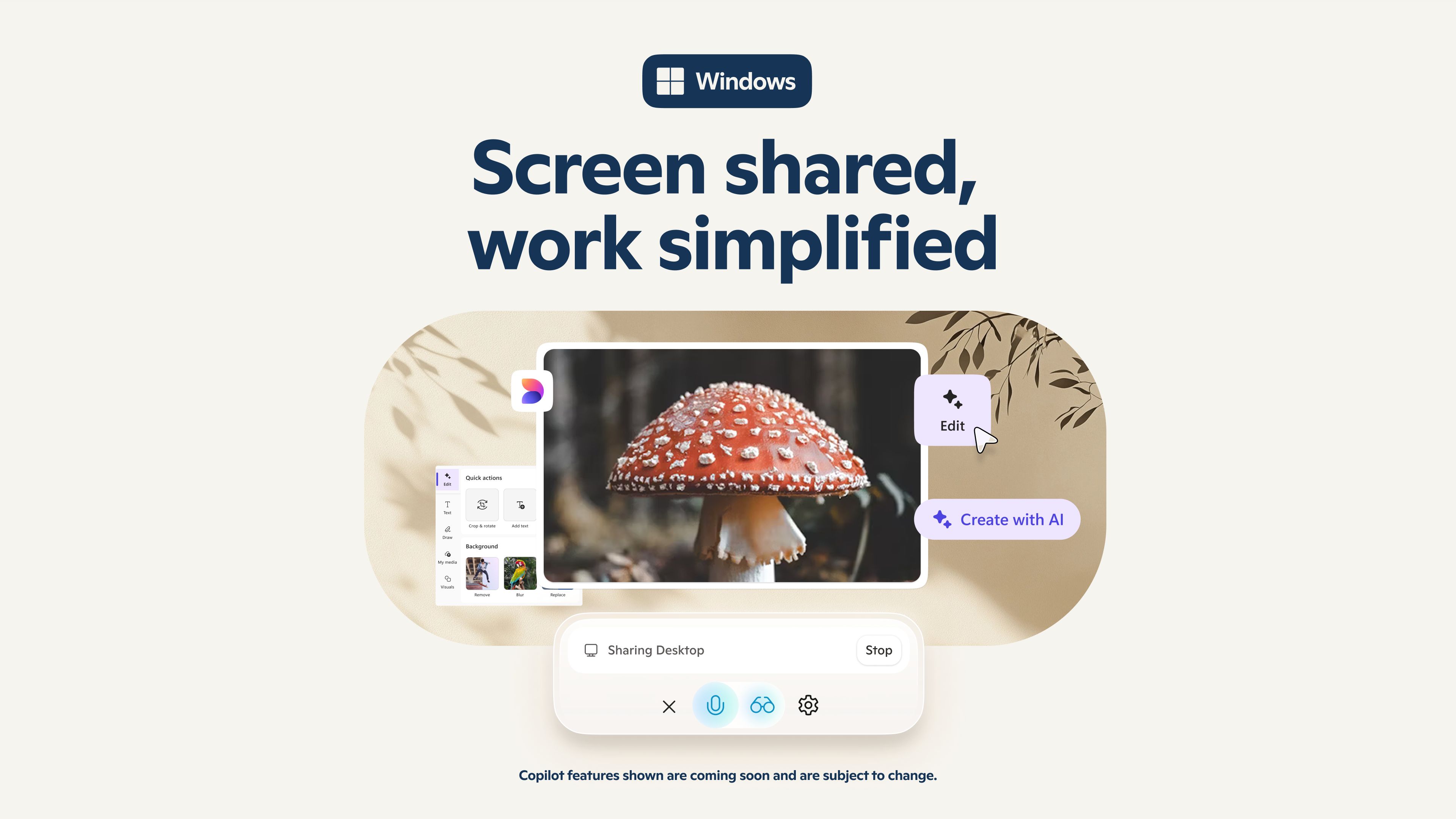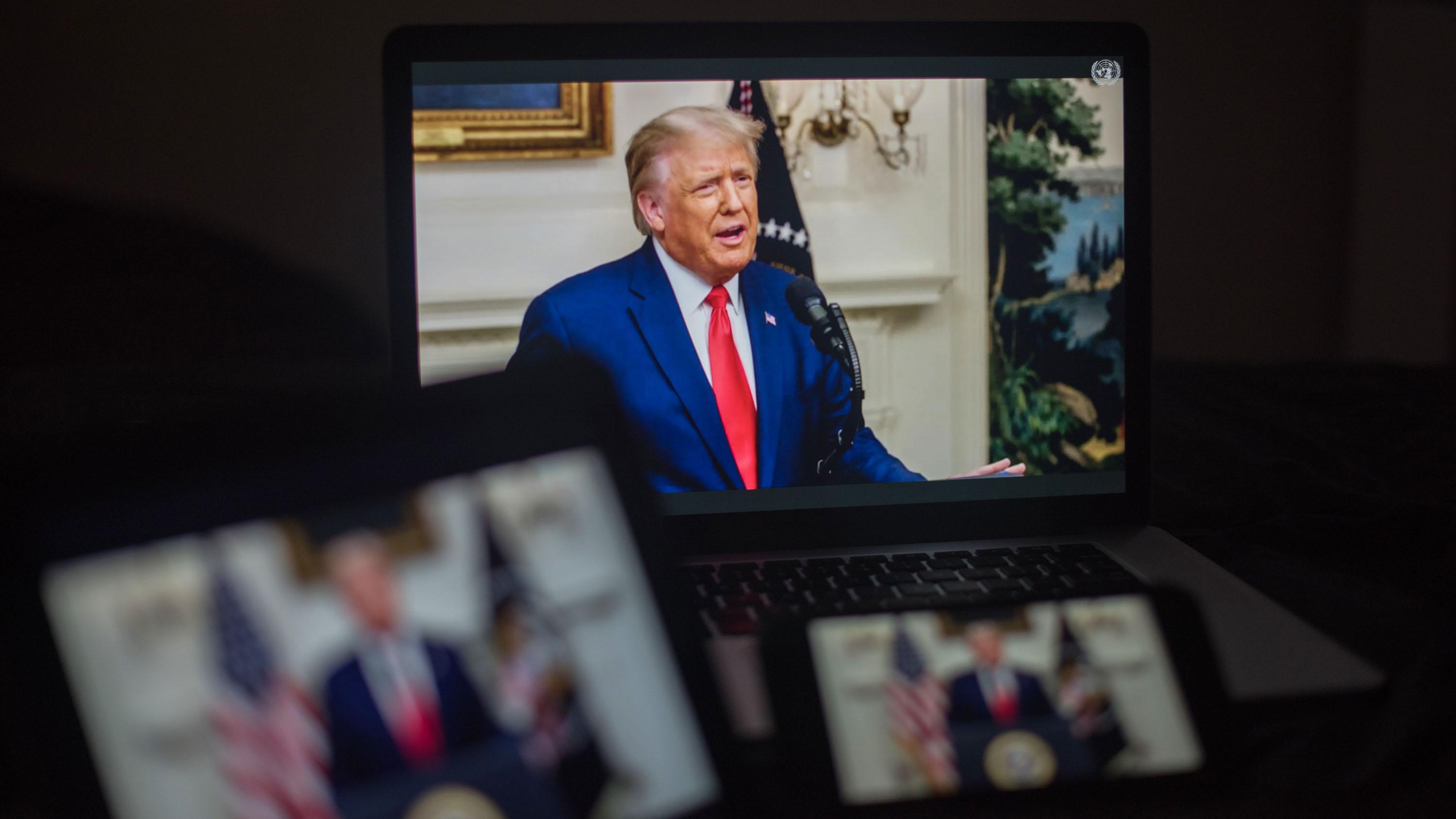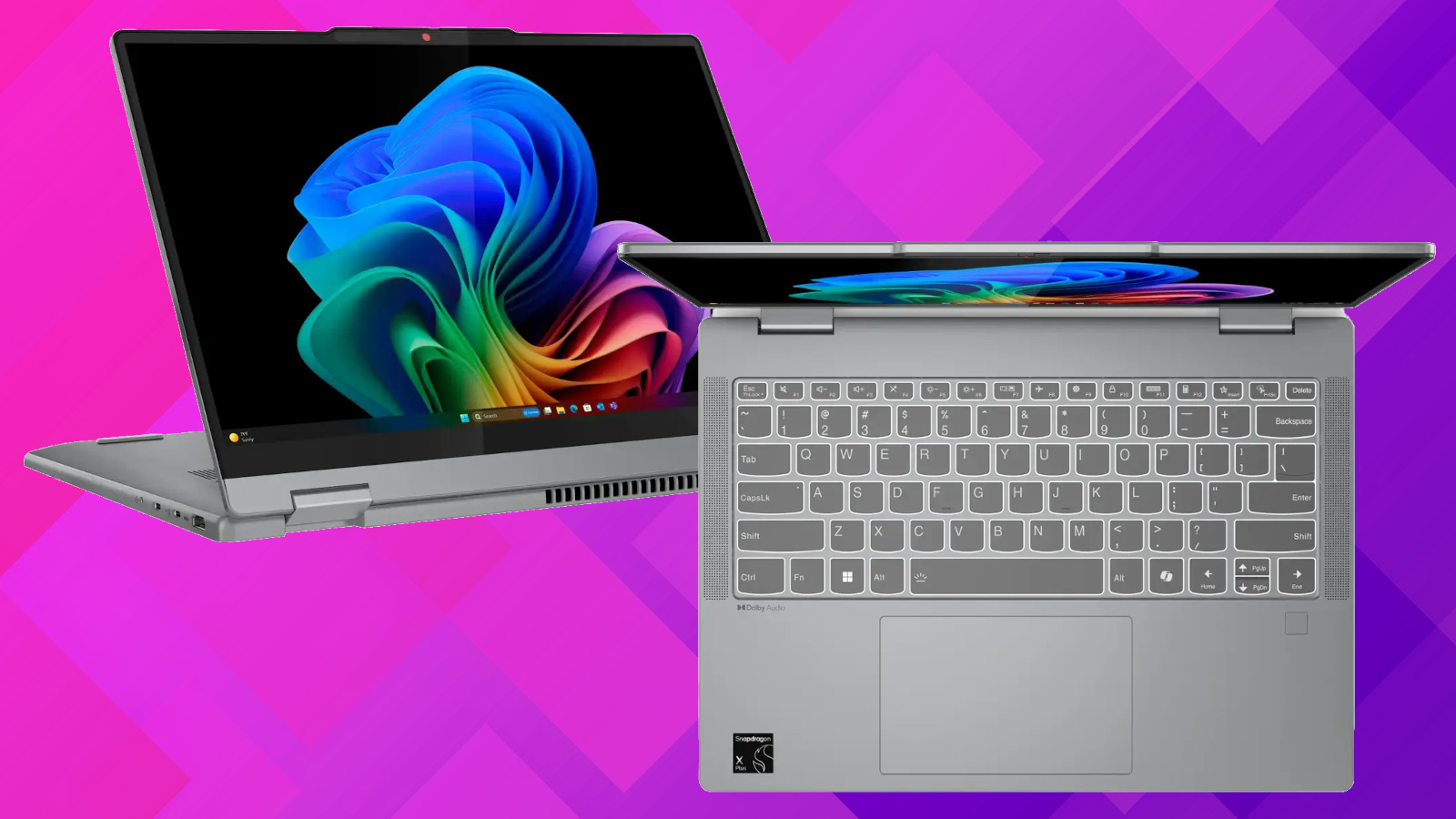When you purchase through links on our site, we may earn an affiliate commission.Heres how it works.
Qualcomm’s announcement of theSnapdragon X Elitehas all eyes on the future of Windows PCs.
Nine PC makers are already on board, including big names like Lenovo, Dell, and HP.
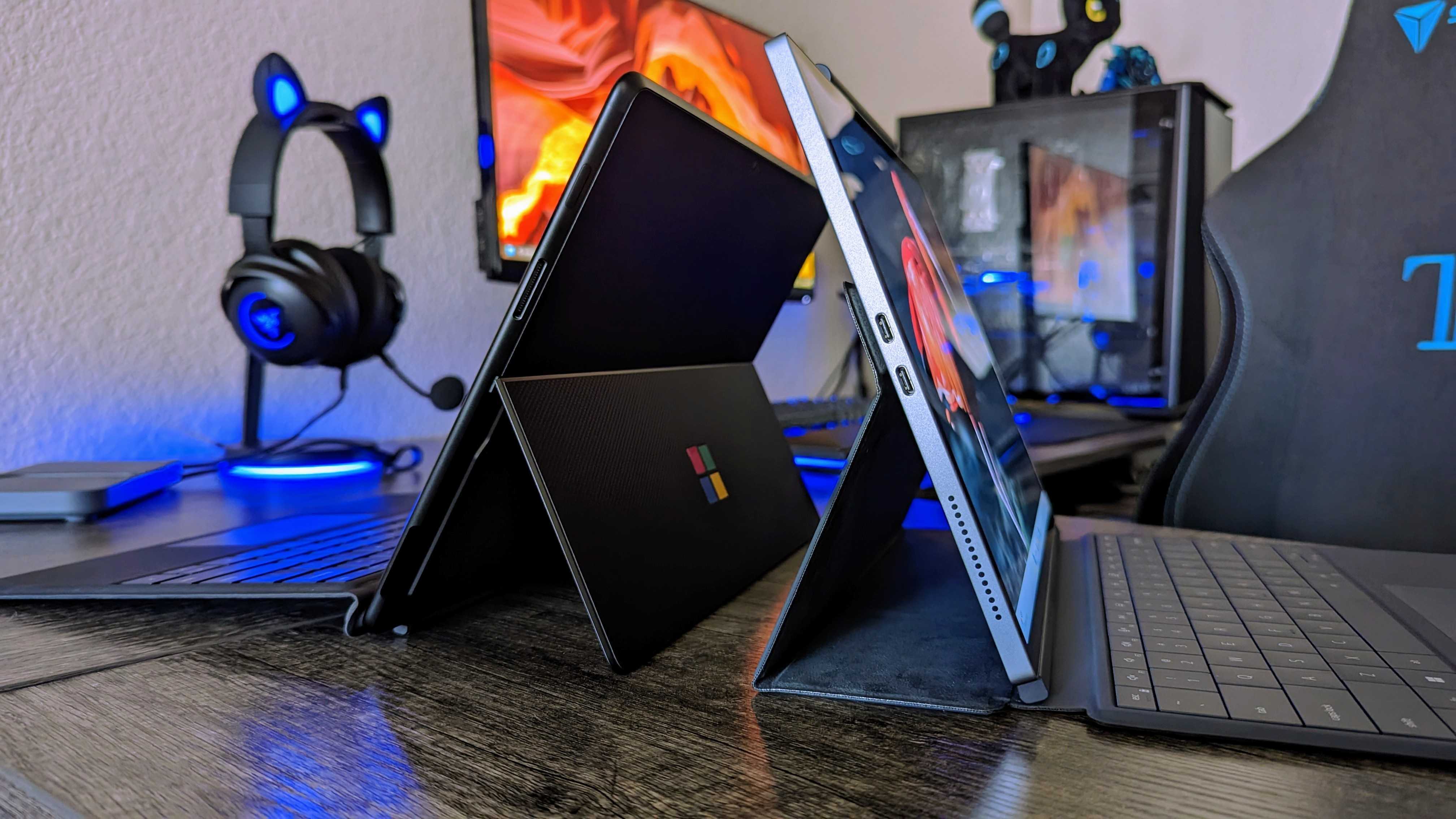
The XPS 13 2-in-1 and Surface Pro 9 are lovely PCs, but they aren’t great tablets.
Previous Windows on ARM PCs had underpowered chips or compatibility issues that kept many people away.
Windows 11’s tablet mode is still terrible.
Of course,Windows 11’s tablet mode isn’t exclusive to Windows on ARM PCs.
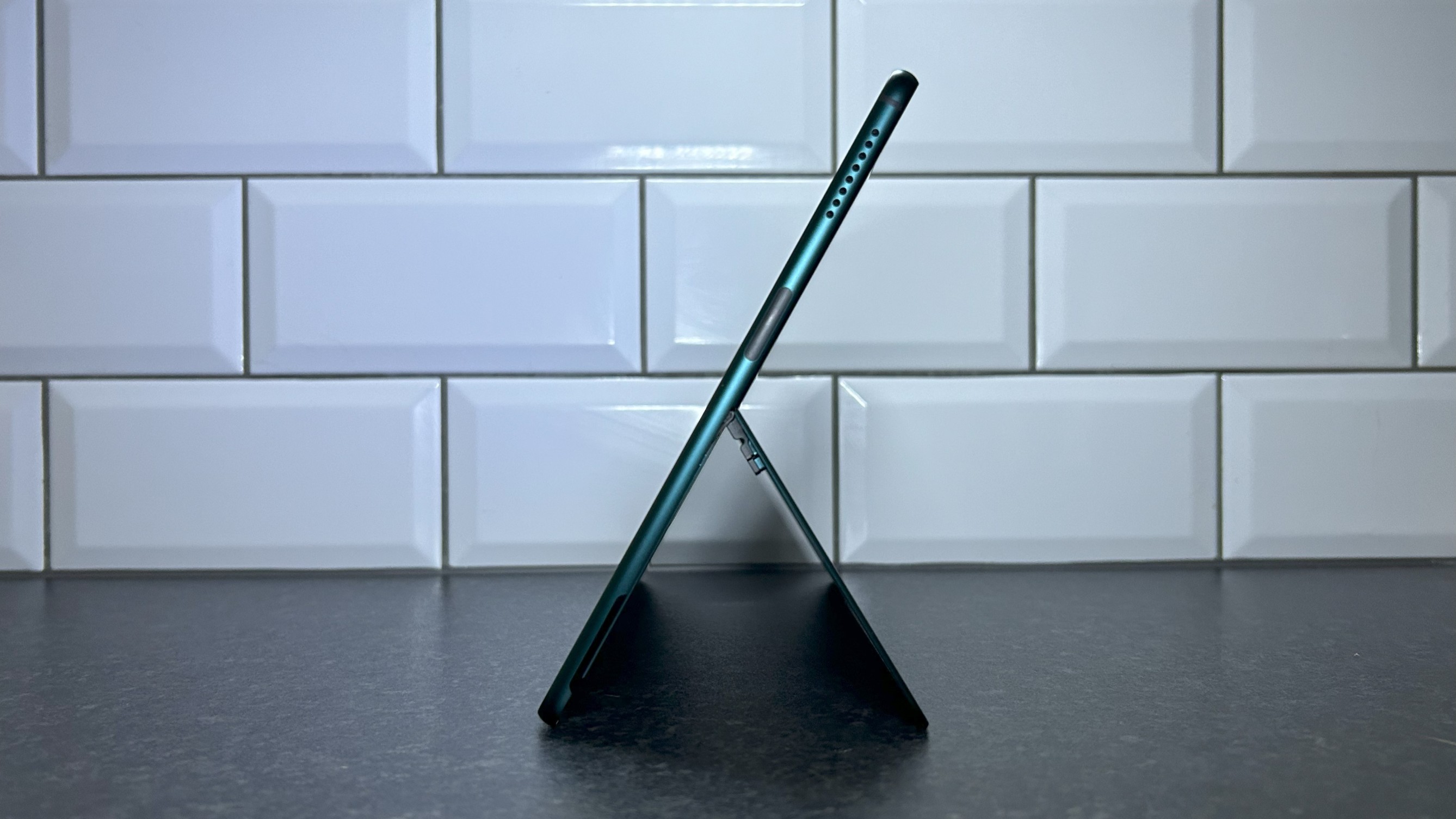
The Robo & Kala is 2-in-1 an excellent Windows on ARM PC, but its tablet experience isn’t as good as an iPad.
What’s wrong with Windows 11 tablet mode?
The company then added new features to iPadOS that were specific to the form factor.
But Apple never strayed from its vision of a modern operating system.
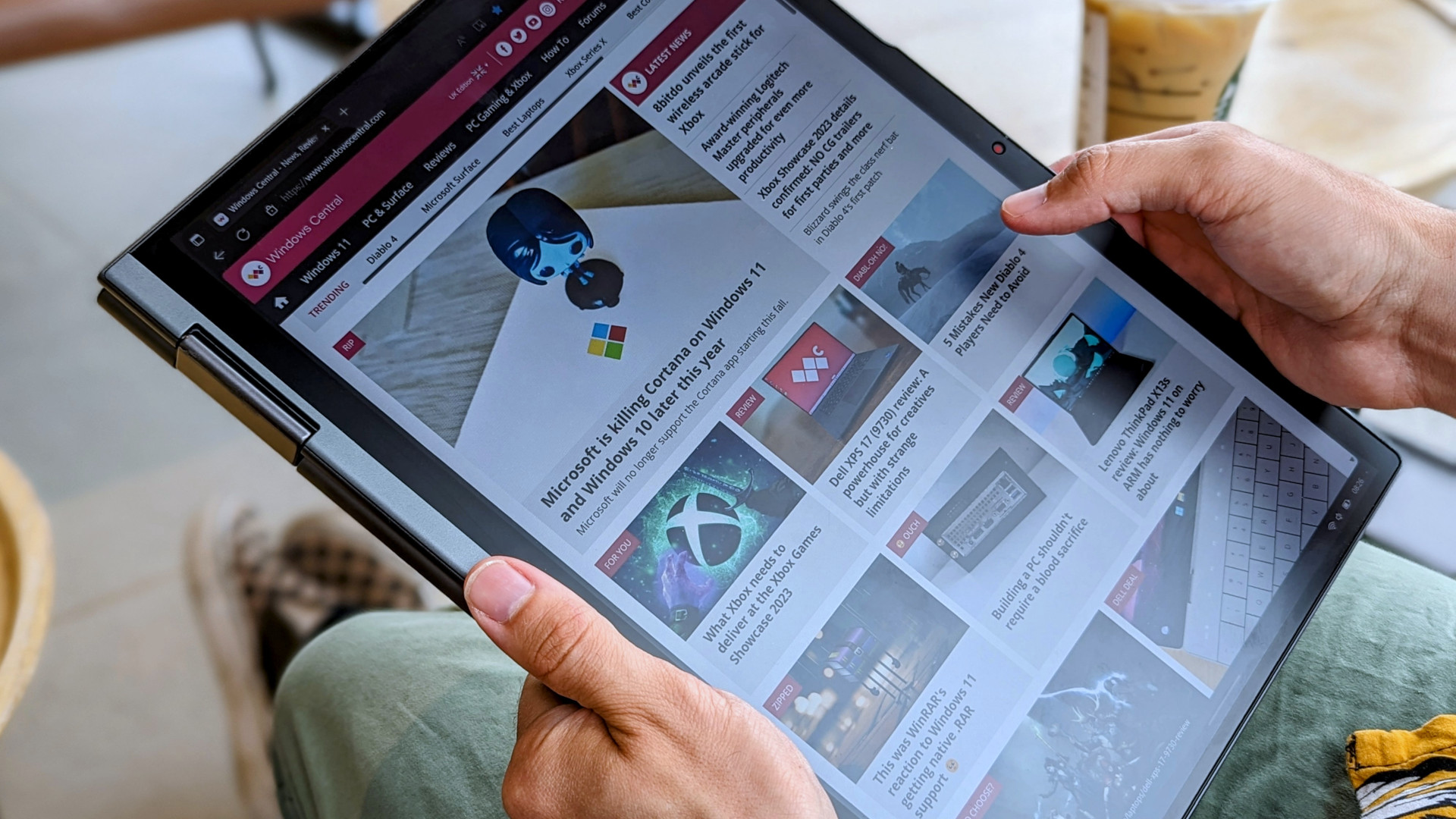
The tablet experience on Windows 11 still lags behind that of the iPad.
In contrast, Microsoft took a desktop down approach.
The company crammed the entirety of Windows into a tablet, functionality and form factor be damned.
Windows 11 is a PC operating system masquerading as a tablet OS.

Windows 11 needs a true launcher for a tablet experience, not a Start menu with icons.
Even Google has done this Chrome OS, adding a touch-friendly launcher for its devices used in tablet mode.
A new Start experience could be the first step in making an actual dedicated tablet mode.
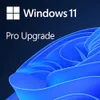
Microsoft figured this concept out with Windows 8 but moved away from it.
People don’t want a tablet experience on their desktop.
That’s why Windows 8 failed.
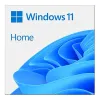
But people also don’t want a desktop experience on their tablet.
Lastly, Microsoft needs to showcase its own apps in tablet mode.
Edge, Office, and other Microsoft applications have already been optimized for tablets, just not Windows ones.

Why do people in the Microsoft ecosystem get a better app experience on iOS than on Windows 11?
